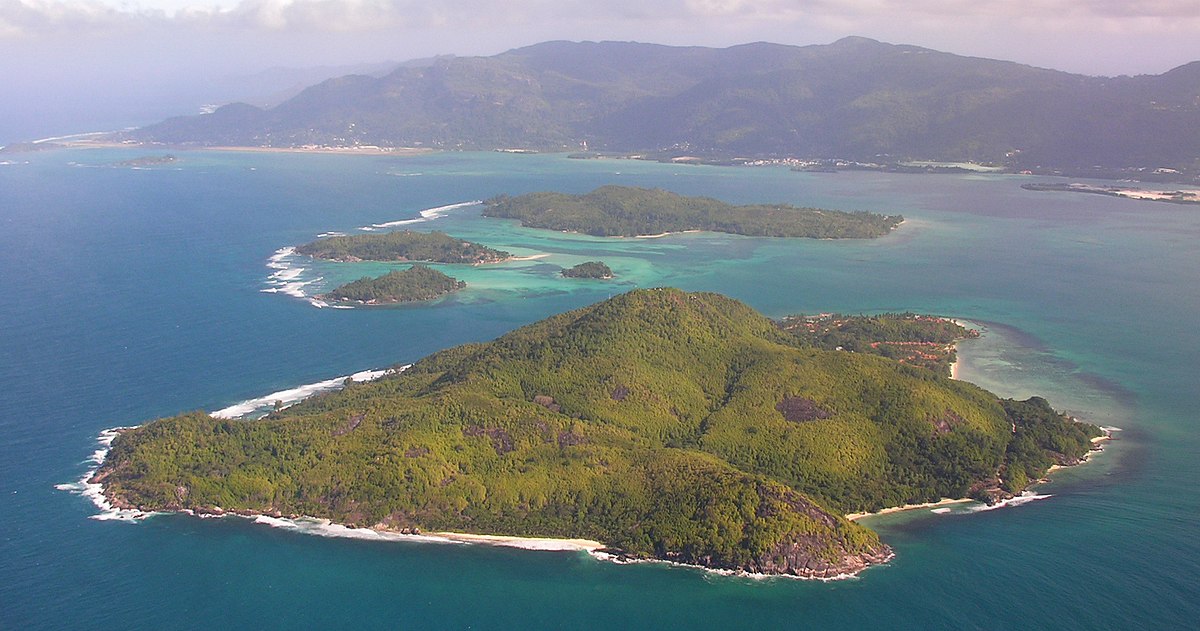What destroyed the civilisation of Easter island? Many people have different theories, but a few factors seem to be constants. The Rapa Nui greedily abused the island’s resources, while El Nino’s drier conditions resulted in growing populations and Statues of rivals. Let’s look at some of the more likely suspects. Also, how did they become so powerful?
Rapa Nui greedily used up all the island’s resources
Before Europeans arrived on the island, there were only a handful of scrawny trees. But as soon as Polynesians arrived, they used up everything they had, including the islands’ forests. The islanders could no longer build boats and fend for themselves, and they collapsed into cannibalism, leaving only a few thousand people. Sadly, this is a warning for our era of environmental collapse.
The early Polynesians settled on Easter Island, but they did not realize how much of the island’s resources they had depleted by constructing the moai. Because they competed with each other to build ever-bigger moai, they destroyed the island’s palm trees and subsequently destroyed it. They did not realise the extent of their destruction until Europeans arrived in 1722.
El Nino Southern Oscillation led to drier conditions
The El Nino Southern Oscillation (ENSO) is a natural phenomenon that affects weather patterns around the world. It results from the unusual warming of tropical ocean surface waters. The changes in the ENSO cycle have affected sea surface temperatures, but the cause of these climatic changes is unclear. A drier climate during an El Nino event could cause catastrophic consequences, and this is the reason the civilization of Easter Island was destroyed.
During the early era of European contact, the population of Rapa Nui increased. Then, it declined over the next several decades. However, it is possible that the overexploitation of natural resources did not lead to their demographic collapse, as scientists have previously suggested. During this period, the island’s climate was cooler than it is today – around two degrees Celsius – than it is today. The drier conditions in Easter Island were brought on by El Nino Southern Oscillation (ENSO).
Growing population
A new study by UCLA Professor Jared Diamond shows that the population of Easter Island may have decimated its ancient civilization. While the ancient population remained relatively small, the growing number of tourists led to a massive ecological collapse. Regardless, the story of how the island’s civilisation collapsed is fascinating, and it will undoubtedly inspire further research. This study explains some of the more mysterious aspects of the Easter Island story.
Historically, the Easter Island population had a peak of thousands of people. By the 19th century, it had decreased to a few hundred people. While this was not enough to kill the inhabitants, it did result in the destruction of their way of life. Today, the island is largely treeless. This dramatic decline is the result of human population growth and deforestation. This population pressure eventually destroyed the island’s civilisation and brought the island to the brink of near-barbarity.
Statues of rivals
The destruction of Easter Island’s stone carvings is the most enduring mystery of the pre-European period. Europeans viewed this island as a poor and isolated place where the statues were a source of great power. Europeans didn’t believe that the small natives had been able to move the statues themselves. As a result, they assumed that some great civilization had existed on the island before the arrival of Europeans. The Easter Island massacre remains a mystery, but its enduring impact on popular culture is not only real but fascinating.
The Easter Island civilisation is truly exceptional. In his book Collapse: How Societies Choose to Fail or Survive, Jared Diamond describes this extraordinary story of an island that managed to avoid extinction. This fascinating tale was later popularised by Jared Diamond. While Diamond presents the Easter Island tale as a cautionary tale of over-exploitation, critics such as Terry Hunt and Carl Lipo argue that Diamond’s account is largely a European myth.
Environmental destruction
The Easter Islanders are famous for their giant stone statues and sophisticated architecture. Despite their tragic story, there are many lessons for us today. In the 1970s and 1980s, environmentalists began to consider the idea that cultural extinction was caused by environmental destruction. In fact, a recent study shows that environmental destruction destroyed the civilisation of Easter Island, and that their culture has been in decline ever since.
Although the Europeans visited the island only a few times, they did not study its indigenous culture and social infrastructure. Because European contact altered the communal cohesion of the people, the Easter Islanders may have fallen into a state of social disarray. Some scholars attribute this destruction to the 18th century contact with Europeans. Some scholars have questioned the underlying social and cultural collapse, claiming that the islanders resorted to cannibalism because of the lack of food sources.
